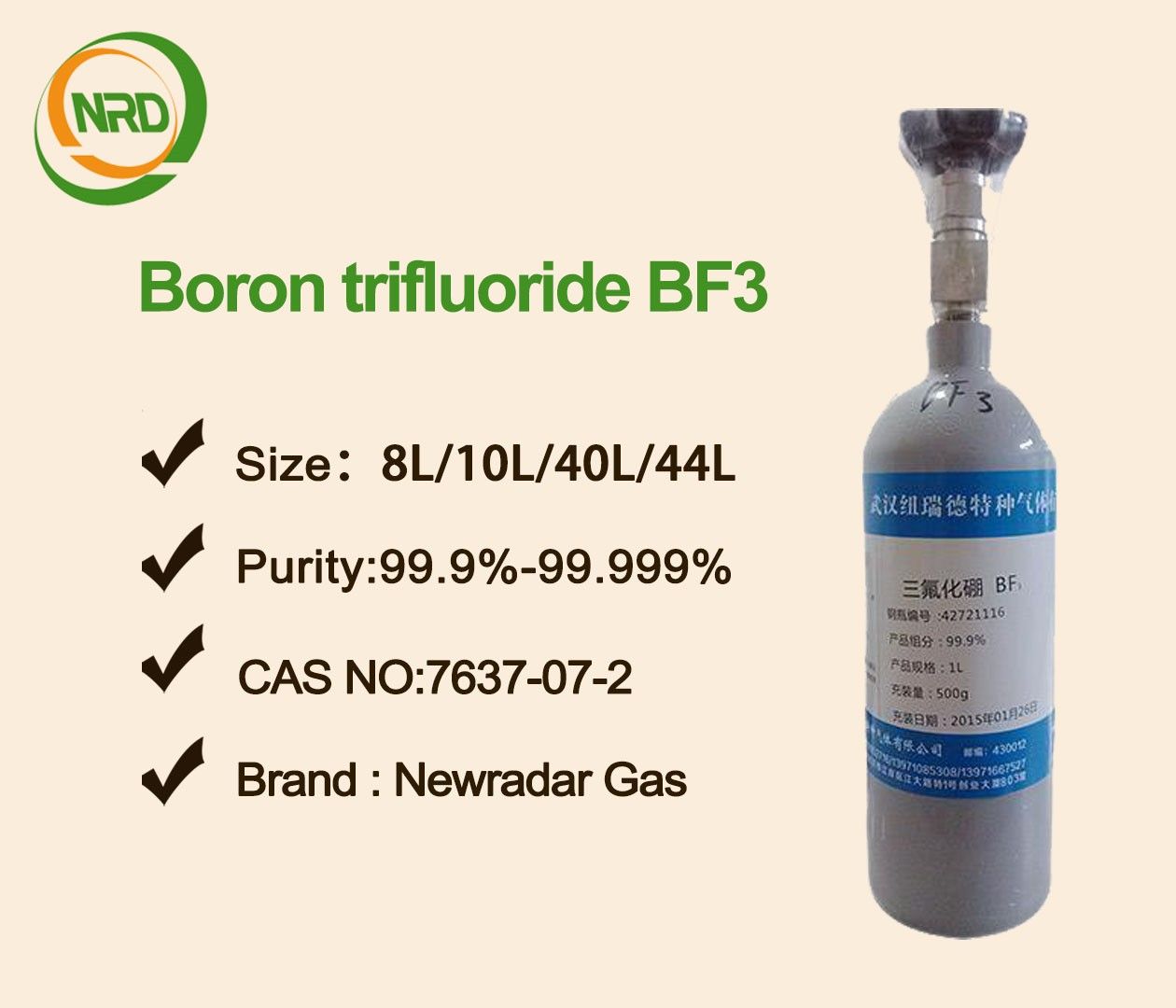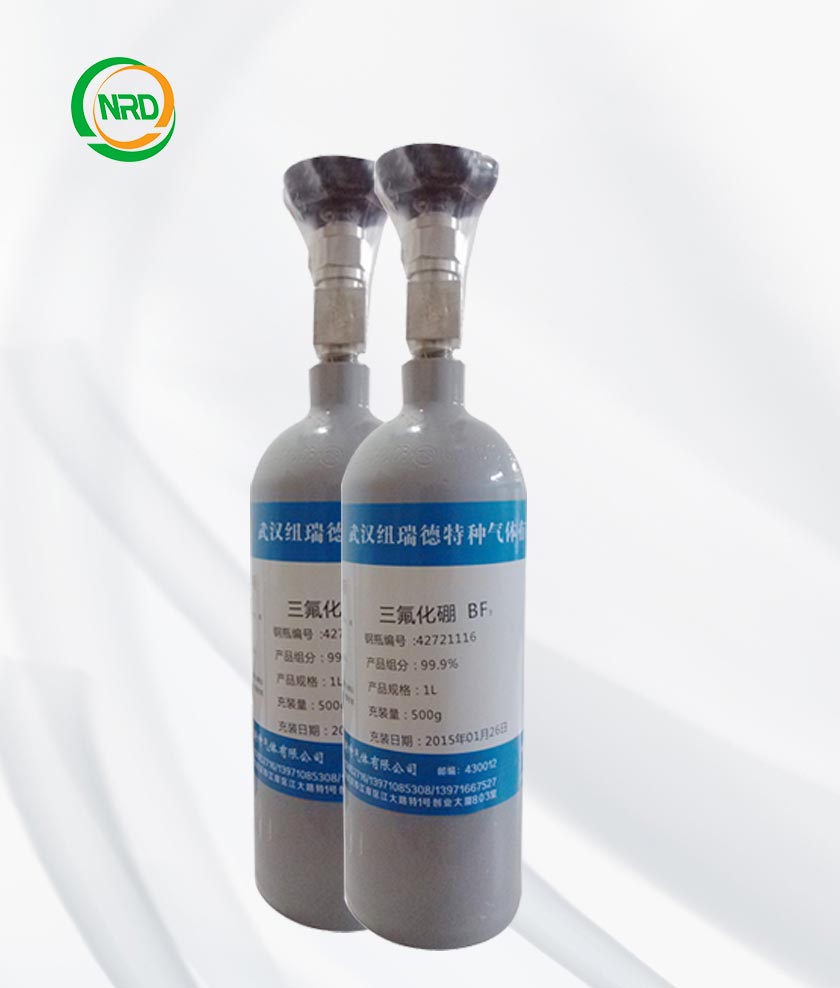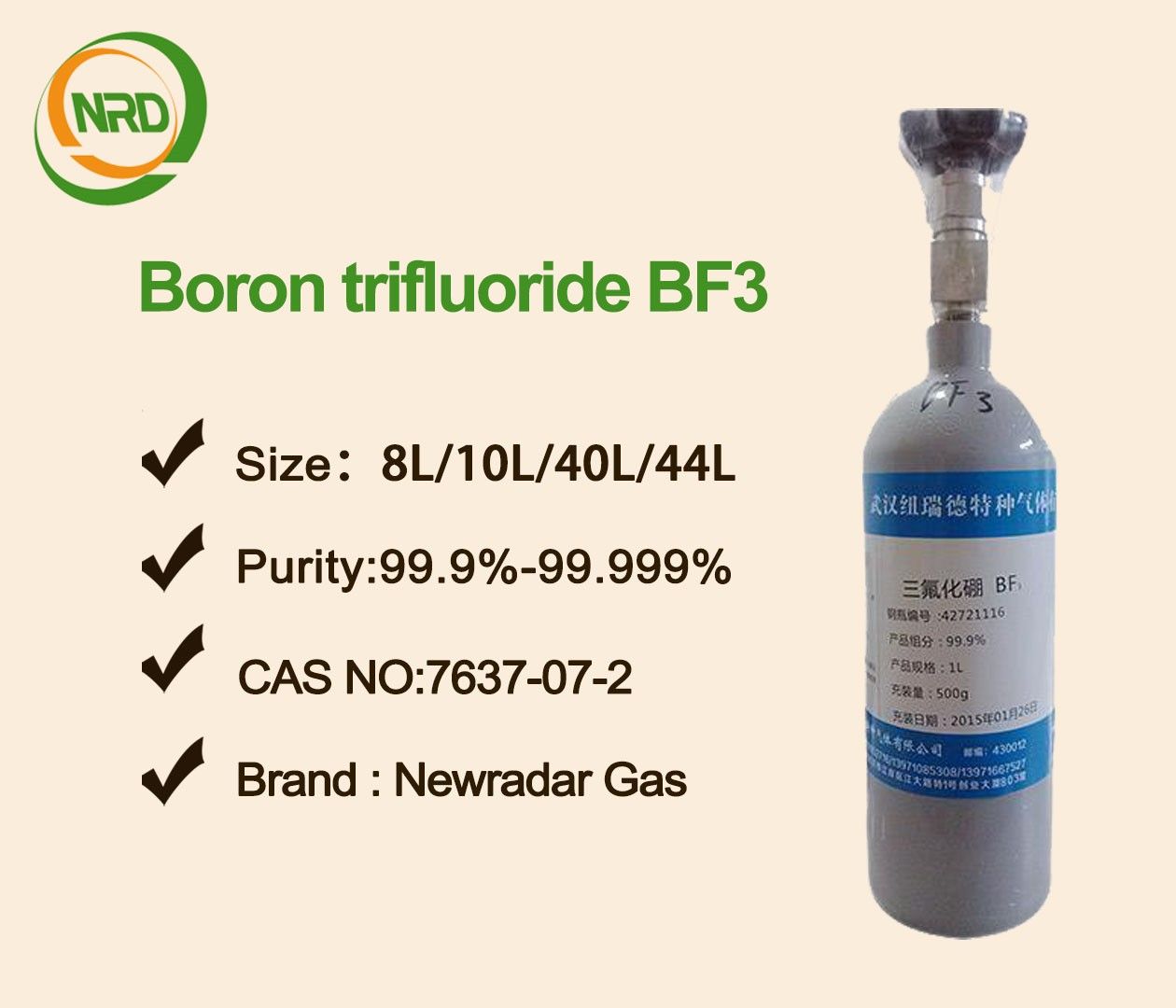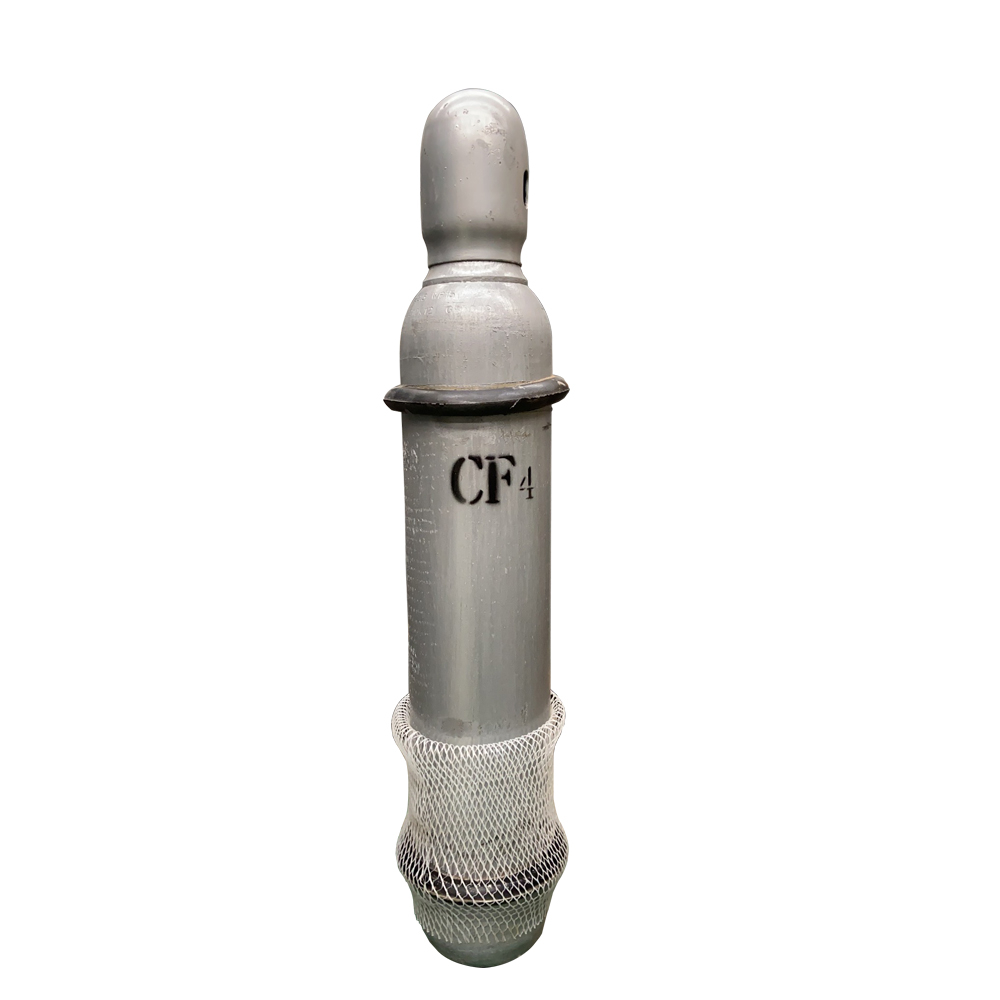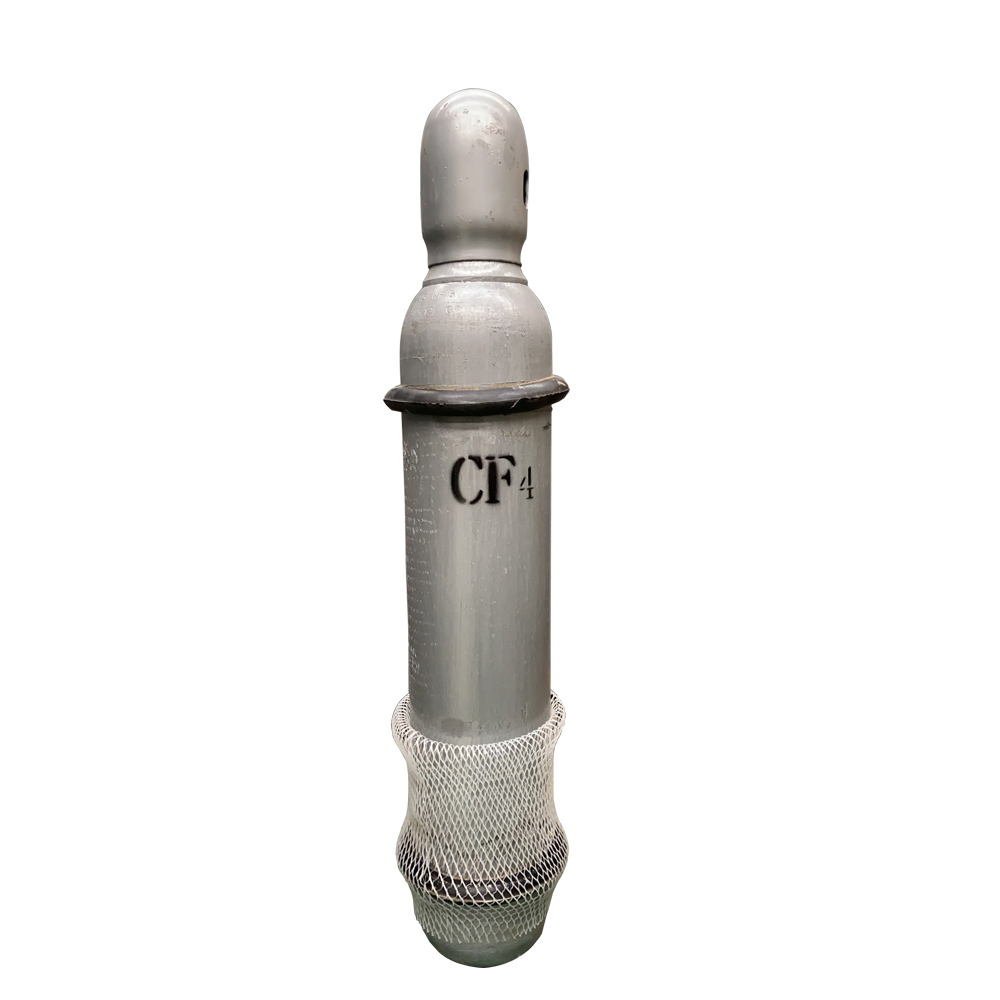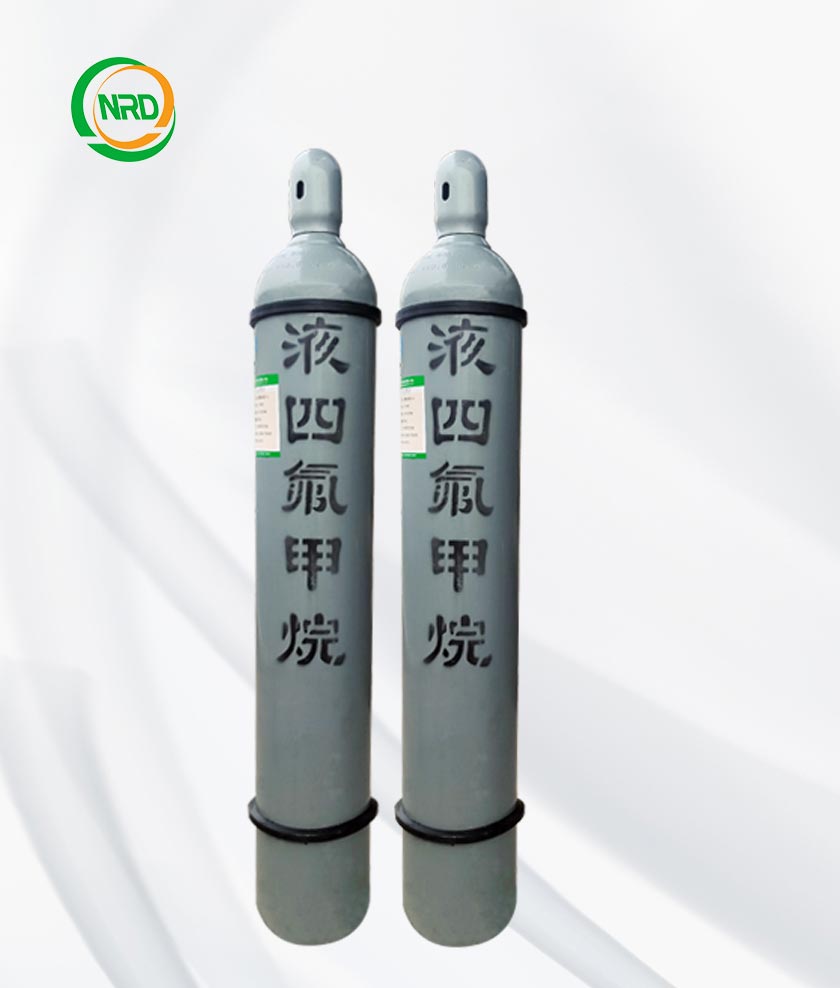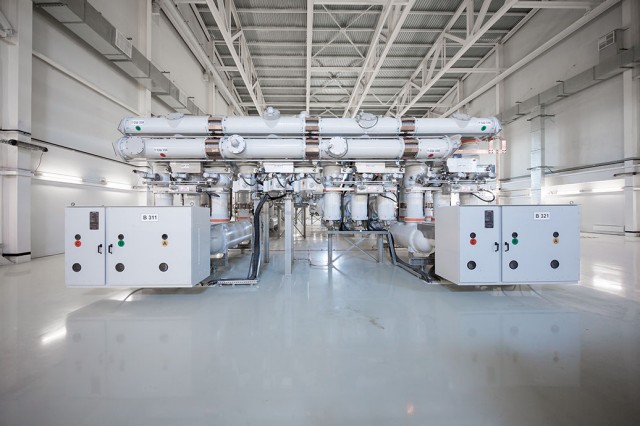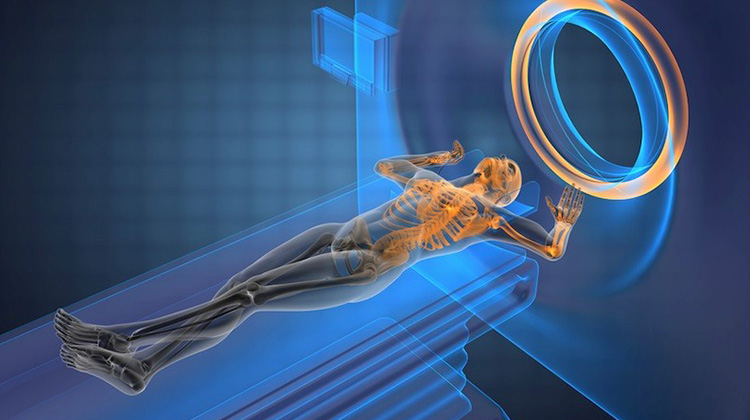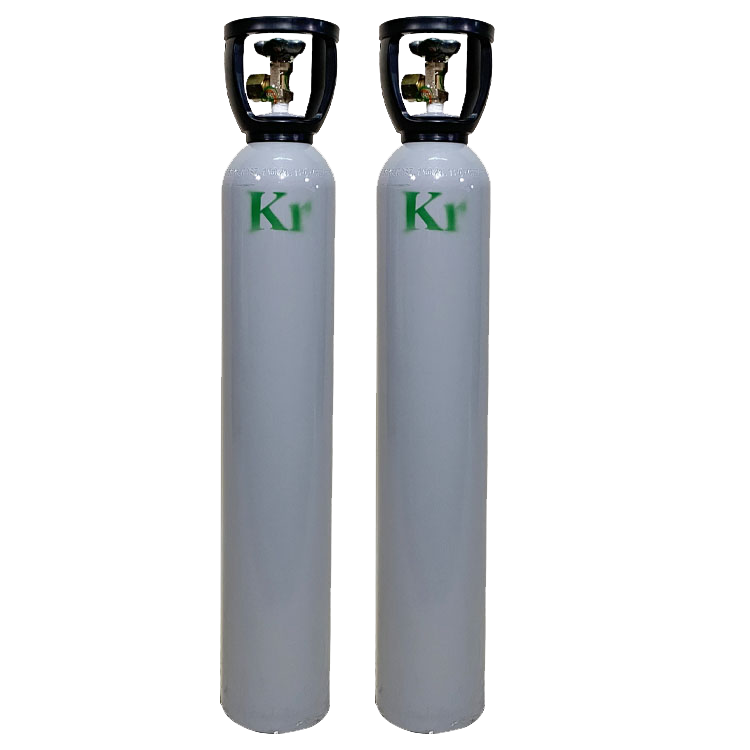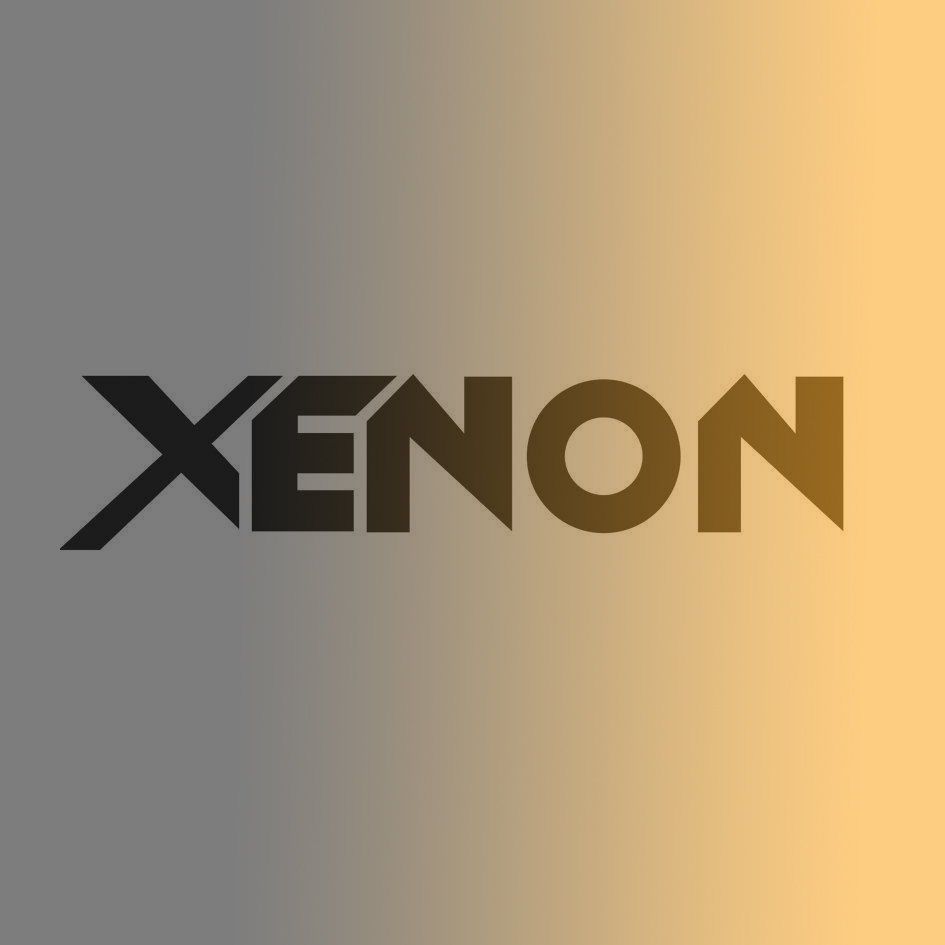
News
Learn more industry news
NEWS CENTer
Industrial Production Methods for Boron Trifluoride
Owing to its hazards, boron trifluoride gas is never isolated in nature, but is produced industrially from various BF3-containing precursors. There are two main production routes: Fluorination of Boron Oxides – Boron oxide reacts with anhydrous hydrogen fluoride at 250-500°C to replace oxygen with fluorine. Various boron oxid...
View MoreChemical Reactivity and Uses of Boron Trifluoride
Boron trifluoride is notable for its strong Lewis acidity which makes it highly reactive with compounds having lone electron pairs. This property allows BF3 to serve several industrial chemical roles: Fluorination agent – BF3 assists in replacing C-H bonds with C-F bonds in organic precursor compounds. This fluorination produc...
View MoreIntroduction to the Properties of Boron Trifluoride
Boron trifluoride, with the chemical formula BF3, is an inorganic boron compound consisting of boron bound to three fluorine atoms in a trigonal planar molecular geometry. Here are some key properties of this colorless gas: At standard temperature and pressure, BF3 is a non-flammable diatomic gas. It condenses to a liquid at -100°C...
View MoreEmerging Uses and Applications of Carbon Tetrafluoride
While carbon tetrafluoride has well-established uses as a dielectric gas and plasma etchant, emerging applications continue to take advantage of its unique properties: precursor for fluoropolymer synthesis – CF4 plasma aids deposition of protective fluorocarbon polymer films and powders nuclear fuel conversion – CF4 ca...
View MoreProduction Methods for Carbon Tetrafluoride
Carbon tetrafluoride is a completely anthropogenic compound that does not occur naturally. There are two primary industrial synthesis routes to producing CF4: Direct Fluorination – This involves reacting elemental carbon with excess elemental fluorine gas at high temperatures of 300-400°C. It directly replaces all hydrogen atoms i...
View MoreToxicity and Environmental Profile of Carbon Tetrafluoride
While highly useful industrially, carbon tetrafluoride has some negative environmental and health attributes that must be considered responsibly: In its normal gaseous form, CF4 poses little acute toxicity hazard for humans. However, in confined spaces it acts as a simple asphyxiant by displacing breathable oxygen. Long-ter...
View MoreElectrical Properties and Applications of Carbon Tetraflu...
Some of carbon tetrafluoride’s most useful attributes relate to its electric and dielectric characteristics. When subjected to strong electrical fields, CF4 decomposes to release highly reactive fluoride ions and electrons. In addition to etching applications, carbon tetrafluoride also assists with thin film depositions in semi...
View MoreAn Introduction to the Properties of Carbon Tetrafluoride
Carbon tetrafluoride, with the chemical formula CF4, is an inorganic fluorocarbon gas. It has a tetrahedral molecular geometry consisting of a central carbon atom surrounded by four fluorine atoms. Here are some of the notable physical and chemical properties of CF4: Carbon tetrafluoride (CF4) has become an essential gas for the...
View MoreThe Remarkable Role of Tetrafluoromethane in the Electron...
Introduction: Tetrafluoromethane (CF4), a colorless and odorless gas, has become a cornerstone in the electronics industry due to its exceptional properties and diverse applications. In this article, we will explore the significant role of CF4 in electronics and its contributions to the advancement of various electronic devices and technologie...
View MoreSpecialized Uses of Krypton Gas
Beyond lighting and insulation, some additional niche uses also leverage krypton’s unique properties: Excimer lasers – KrF and KrCl excimer laser gas mixtures provide ultraviolet lasing medium. Gas chromatography – Krypton acts as the carrier gas for sensitive analytical separations. Mass spectrometer calibration R...
View MoreKrypton Gas in High Performance Lighting
One major application of krypton is in specialized electric lamps and tubes that take advantage of its light emission properties: Fluorescent lighting – Krypton-filled tubes offer increased luminosity efficiency and lamp lifespan. Headlamps – Krypton HID and arc lamps produce bright white illumination from a...
View MoreXenon Applications in Lighting and Displays
Xenon also serves important roles in advanced illumination and display technologies: Plasma displays – Inert xenon plasma generates ultraviolet photons that excite colored phosphors. Headlamps/Flash tubes – Electrical discharge through xenon gas emits short, intensive light bursts. Excimer lasers – Excit...
View MoreINQUIRY FOR PRICE LIST
For inquiries about our products or pricelist ,please leave your email tous and we will be in touch within 24 hours.
Contact us now
